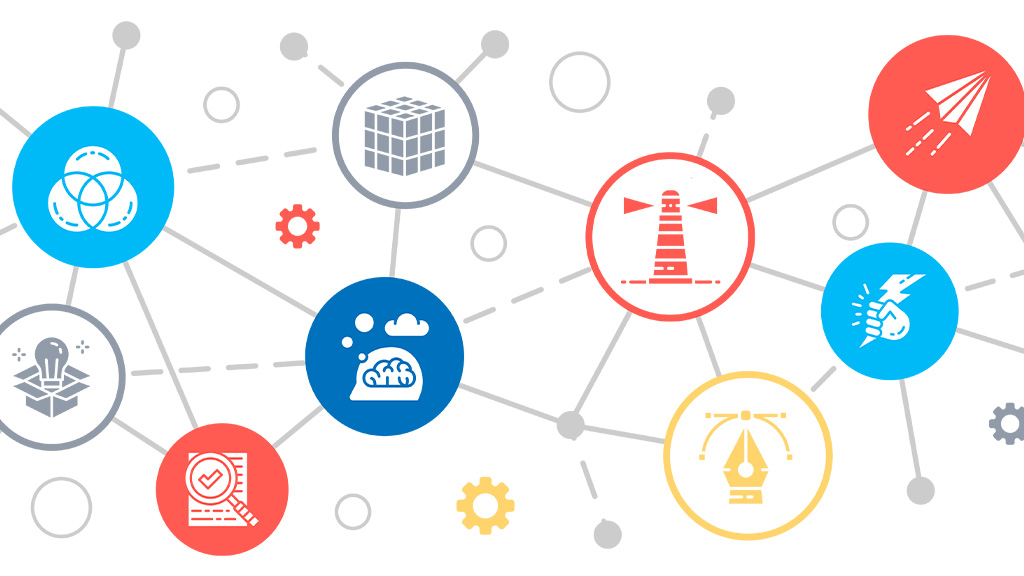Have you ever had a phone call with a friend who is in a crowded, noisy and/or reverberant environment? Then you know how challenging and stressful it can be to understand what they are saying. This is because the standard speech enhancement technologies found in phones today struggle to effectively suppress all types of noises and interferers. This leads to a significantly degradation of the speech quality thus reduces intelligibility. In the DSAI project, Fraunhofer IIS is developing AI powered technologies which seek to solve these problems efficiently and reliably in a wide range of scenarios and thus allowing for crystal-clear voice communication.
Even though AI algorithms are typically very complex and very large by nature, Fraunhofer scientists are creating sophisticated technologies that are relatively small and require very little processing power thus facilitating deployment on embedded devices. They also achieve excellent performance while requiring little to no tuning effort.
The AI powered technologies which being developed in the project are listed below:
- Noise Reduction: Eliminates a wide variety of noises, e.g., typing, wind, barking, rattling, traffic noise, etc., while ensuring minimal distortion to the speech.
- Echo Control: Eliminates all acoustical echoes and even those caused by non-linearities, e.g., due to loud playback volume with low quality loudspeakers, highly time-variant pre-processing, system changes, sample rate offsets, etc.
- Embedding-based Target Speaker Extraction: Extracts a desired speaker while eliminating all other interfering speakers. It requires only a single microphone and makes use of a so-called voice fingerprint to extract the target speaker.
- Dereverberation: Reduces reverberation while achieving a very good trade-off between speech quality, dereverberation level and adaptation speed.
- Audio-Visual Speech Enhancement: Makes use of the additional video modality in order to further enhance performance and robustness.
- Neuroevolution: Technology that uses evolutionary algorithms to generate custom-shaped artificial neural networks that are highly adapted to a specific task. Here the goal is to create the smallest and most efficient network for a given task.
The majority of the technologies described above are already generating a lot of interest in industry and some have already been deployed in commercial products.
Author: Edwin Mabande & Christian Kroos





